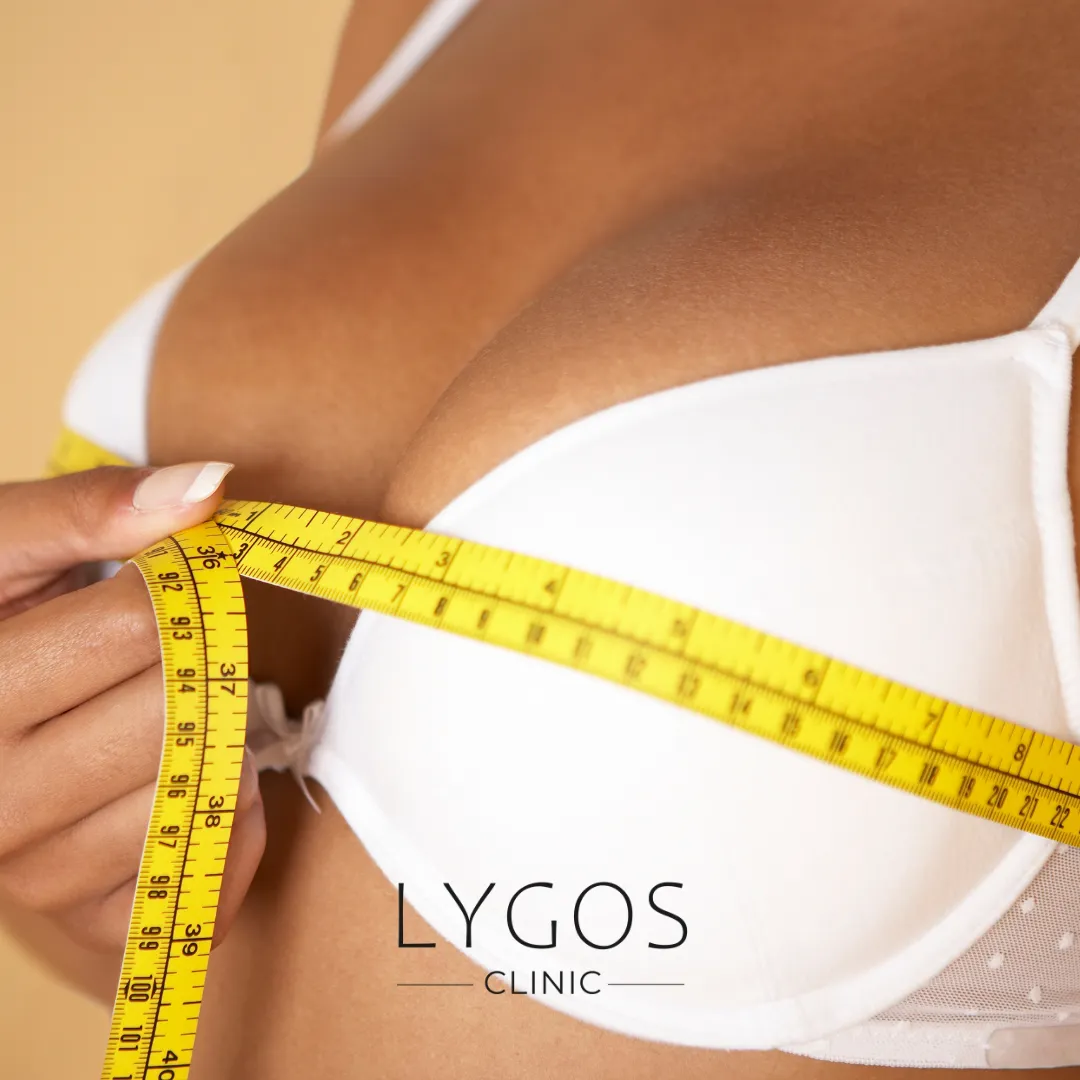How do Breasts grow?

How do Breasts grow?
The growth of breasts is typically a natural process in a woman’s life and can be influenced by a variety of complex factors. Breast growth may vary depending on various situations such as genetic characteristics, hormonal changes, dietary habits, and lifestyle. In this article, we will explore whether it is possible to support breast growth through natural means focused on understanding the factors behind breast growth.
Genetic Factors and Breast Growth
Breast size is often tightly linked to genetic factors, and the genetic inheritance within a woman’s family plays a crucial role in breast growth. Genetic predisposition can have a significant impact on the size, shape, and overall appearance of a woman’s breast tissue. The genetic background of the family provides a preview of what to expect in a woman’s breast growth. However, it is important to understand that genetic factors are not the sole determinants.
Having a genetic predisposition can influence breast size depending on other factors such as lifestyle, hormonal balance, and dietary habits. For instance, adopting a healthy lifestyle can help to maximize genetic potential. Additionally, paying attention to hormonal changes and maintaining good dietary habits are also among the factors that affect breast growth
As a result, lifestyle choices and hormonal balance, along with genetic factors, are significant factors influencing breast size. The combination of these factors can increase the chance of optimizing and supporting genetic predisposition when determining breast size.
Hormonal Changes and Breast Development
An important factor affecting breast size is hormonal changes, especially during puberty and pregnancy. During puberty, an increase in estrogen hormone release can trigger the development of breast tissue. During this period, the bodies of young women undergo changes to establish the reproductive system, and the increase in breast tissue is part of this process.
During pregnancy, there is a significant increase in progesterone and estrogen hormones. These hormones serve to prepare the mammary glands for growth and milk production. The growth of breast tissue during pregnancy typically results in a noticeable increase in breast size for pregnant women. However, hormonal changes vary from individual to individual.
Every woman’s body structure and hormone levels are unique, so the impact of hormonal interactions on breast size is also individualized. Hormonal factors underscore that changes in breast size are a natural and biological process. These processes affect breast development depending on hormonal changes occurring at various stages of the body.
Dietary Habits and Breast Size
Healthy dietary habits can have an impact on overall body development and indirectly on breast size. Consuming the nutrients the body needs can help maintain overall health and hormonal balance. A balanced diet is important for meeting the body’s energy needs and supporting the formation of healthy tissues.
However, affecting breast size solely through dietary habits can be challenging. Many factors, such as genetic factors and hormonal changes, are significant determinants of breast development. Dietary habits can indirectly influence breast size by supporting overall health and affecting body fat percentage. In particular, certain foods are thought to play a role in maintaining hormonal balance by affecting estrogen levels.
However, research in this area is limited, and there is no definitive evidence that dietary habits directly increase breast size. Consequently, healthy dietary habits support overall body health and can have positive effects on hormonal balance. However, its impact on breast size should be assessed in conjunction with other factors.
Exercise and Breast Development
Exercise can influence body composition, which in turn can determine the appearance of breasts. Specifically targeting the chest area with exercises can strengthen the chest muscles, contributing to a more uplifted and firm appearance of the breast area. However, these exercises have limited effect on actually enlarging the breast tissue itself. Exercise can improve overall health, posture, and help balance body fat percentage.
These factors can influence the overall aesthetics of the breast area. Additionally, regular exercise can help nourish breast tissue by increasing blood circulation in the body. However, its direct impact on breast size is limited. The growth of breast tissue generally relies on genetic and hormonal factors.
Exercise can minimize the impact of these factors, but it cannot directly compete with factors such as genetic predisposition and hormonal changes. Consequently, strengthening chest muscles with specific chest exercises can positively influence the appearance of the breast area, but it does not imply growth of the breast tissue itself. Breast size varies depending on genetic, hormonal, and other personal factors.
Breast Size
Breast size is a complex concept influenced by many factors such as genetics, hormonal changes, dietary habits, and lifestyle. Genetic predisposition plays a significant role in determining a woman’s breast size, but hormonal changes and lifestyle factors can also be influential. Supporting breast growth through natural means is often limited..
Improving dietary habits, opting for a healthy lifestyle, and strengthening chest muscles with specific chest exercises can positively influence the appearance of the breast area. However, the impact of these factors on the actual growth of breast tissue is limited. If you have concerns about breast size, more invasive options such as surgical interventions, breast implants, or hormonal treatments may be preferred.
Such methods may be more effective for those seeking significant and permanent results. However, individual preferences and needs vary, so it is important to consult with a healthcare professional to find the most suitable solution tailored to the individual. Before making any decisions regarding breast size, expert guidance and assessment are important.


